Nvidia announces GeForce RTX 5060 Ti and RTX 5060, starting at $379 and $299 — reviews coming tomorrow, April 16
The 5060 Ti will have 16GB and 8GB options, while the 5060 only gets 8GB.
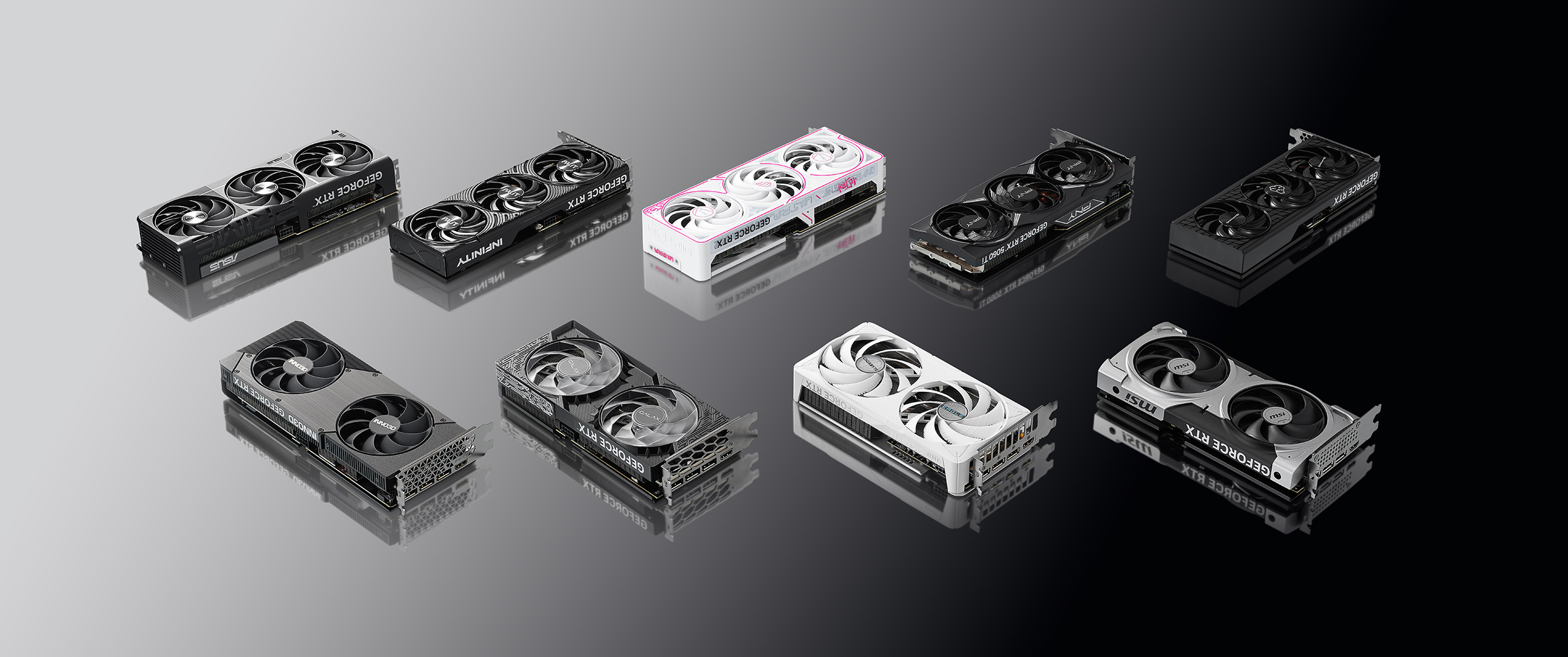
Nvidia's GeForce RTX 5060 Ti and vanilla RTX 5060 announcement today officially marks the end of the Blackwell RTX 50-series GPU launch — the first stage, at least. Second-stage refreshes will likely happen early next year, and if our guess is correct, we'll probably see 24Gb (3GB) GDDR7 modules on all of the cards, providing 50% more VRAM across the full suite. But for now, we have the RTX 5060 Ti in both 16GB and 8GB trim, along with the RTX 5060 with 8GB of memory.
Tomorrow, Nvidia will release the RTX 5060 Ti cards, with the RTX 5060 Ti 16GB starting at $429 and the RTX 5060 Ti 8GB starting at $379. That means Nvidia is only charging $50 extra to double your VRAM, and frankly, if those prices and that price gap hold, there's little reason to opt for the cheaper GPU. Numerous games can already run into memory issues with 8GB, and that number will only increase in the future.
But let's not get ahead of ourselves. First, we have the full RTX 5060 series specifications, with comparisons to the prior generation RTX 4060 series.
| Graphics Card | RTX 5060 Ti 16GB | RTX 5060 Ti 8GB | RTX 5060 | RTX 4060 Ti 16GB | RTX 4060 Ti 8GB | RTX 4060 |
|---|---|---|---|---|---|---|
| Architecture | GB206 | GB206 | GB206 | AD106 | AD106 | AD107 |
| Process Technology | TSMC 4N | TSMC 4N | TSMC 4N | TSMC 4N | TSMC 4N | TSMC 4N |
| Transistors (Billion) | 21.9 | 21.9 | 21.9 | 22.9 | 22.9 | 18.9 |
| Die size (mm^2) | 181 | 181 | 181 | 187.8 | 187.8 | 158.7 |
| Streaming Multiprocessors | 36 | 36 | 30 | 34 | 34 | 24 |
| GPU Shaders (ALUs) | 4608 | 4608 | 3840 | 4352 | 4352 | 3072 |
| Tensor Cores | 144 | 144 | 120 | 136 | 136 | 96 |
| Ray Tracing Cores | 36 | 36 | 30 | 34 | 34 | 24 |
| Boost Clock (MHz) | 2572 | 2572 | 2497 | 2535 | 2535 | 2460 |
| VRAM Speed (Gbps) | 28 | 28 | 28 | 18 | 18 | 17 |
| VRAM (GB) | 16 | 8 | 8 | 16 | 8 | 8 |
| VRAM Bus Width | 128 | 128 | 128 | 128 | 128 | 128 |
| L2 Cache | 32 | 32 | 24 | 32 | 32 | 24 |
| Render Output Units | 48 | 48 | 48 | 48 | 48 | 48 |
| Texture Mapping Units | 144 | 144 | 120 | 136 | 136 | 96 |
| TFLOPS FP32 (Boost) | 23.7 | 23.7 | 19.2 | 22.1 | 22.1 | 15.1 |
| TFLOPS FP16 (FP4/FP8 TFLOPS) | 190 (759) | 190 (759) | 153 (614) | 177 (353) | 177 (353) | 121 (242) |
| Bandwidth (GB/s) | 448 | 448 | 448 | 288 | 288 | 272 |
| TBP (watts) | 180 | 180 | 145 | 160 | 160 | 115 |
| Launch Date | Apr 2025 | Apr 2025 | May 2025 | Jul 2023 | May 2023 | Jul 2023 |
| Launch Price | $429 | $379 | $299 | $499 | $399 | $299 |
All three 5060 variants use the same GB206 processor. It has a maximum of 36 SMs (Streaming Multiprocessors), with all 36 enabled on the 5060 Ti. The vanilla RTX 5060 trims the SM count down to 30, with slightly lower GPU clocks, 25% less L2 cache enabled, and an increase in TGP (Total Graphics Power).
Compared to the prior generation 4060 class GPUs, the 5060 class models provide more SMs and GPU shaders for all variants, with official launch MSRPs that are either the same (for the 5060) or cheaper (for the 5060 Ti). Note that we list the launch prices, so the 4060 Ti 16GB gets saddled with a difficult-to-justify $499 price tag. Nvidia later dropped that to $449, which means the new 5060 Ti models are, in reality, only $20 cheaper. Still, potentially faster hardware with new features for a lower price isn't a bad start.
It's worth pointing out that all the RTX 5060 class cards will feature a PCIe 5.0 x8 link, with a physical x16 slot connector. With a PCIe 5.0 platform, that means the new cards will have the same interface bandwidth as PCIe 4.0 x16. Even so, we don't foresee the PCI Express interface as being a significant concern. If you put a 5060 into a PCIe 3.0 slot, perhaps you'll lose a few percent in performance, but generally speaking games and most graphics workloads run best when they're in VRAM. Maybe AI workloads could benefit from the faster link speeds, but testing elsewhere has shown that even the RTX 5090 only loses a tiny fraction of its gaming performance potential in a PCIe 4.0 slot.
The lime green elephant in the corner wants a word about those prices, however. Even though the recent U.S. tariffs are on pause for GPUs, new tariffs could be announced... well, basically at any time. There's a lot of uncertainty. Moreover, even without the tariffs, there's a huge question on supply and availability for all of the latest generation graphics cards. There's only so much TSMC 5nm-class manufacturing available (which includes the 4N process node used by Blackwell RTX 50-series GPUs), and there's still a massive demand for more compute from the AI sector. The result has been inflated GPU prices on everything.
Nvidia claims to have shipped twice as many Blackwell RTX GPUs in the first five weeks (compared to the prior gen Ada RTX 40-series GPUs), but it hasn't provided any data on how many GPUs have actually shipped, and that initial five week windows omits the 4080, 4070 Ti, and 4070 GPU launches. All you need to do is look at GPU prices to see that most models aren't in stock at anything close to MSRP. We don't expect the RTX 5060 series to buck that trend.


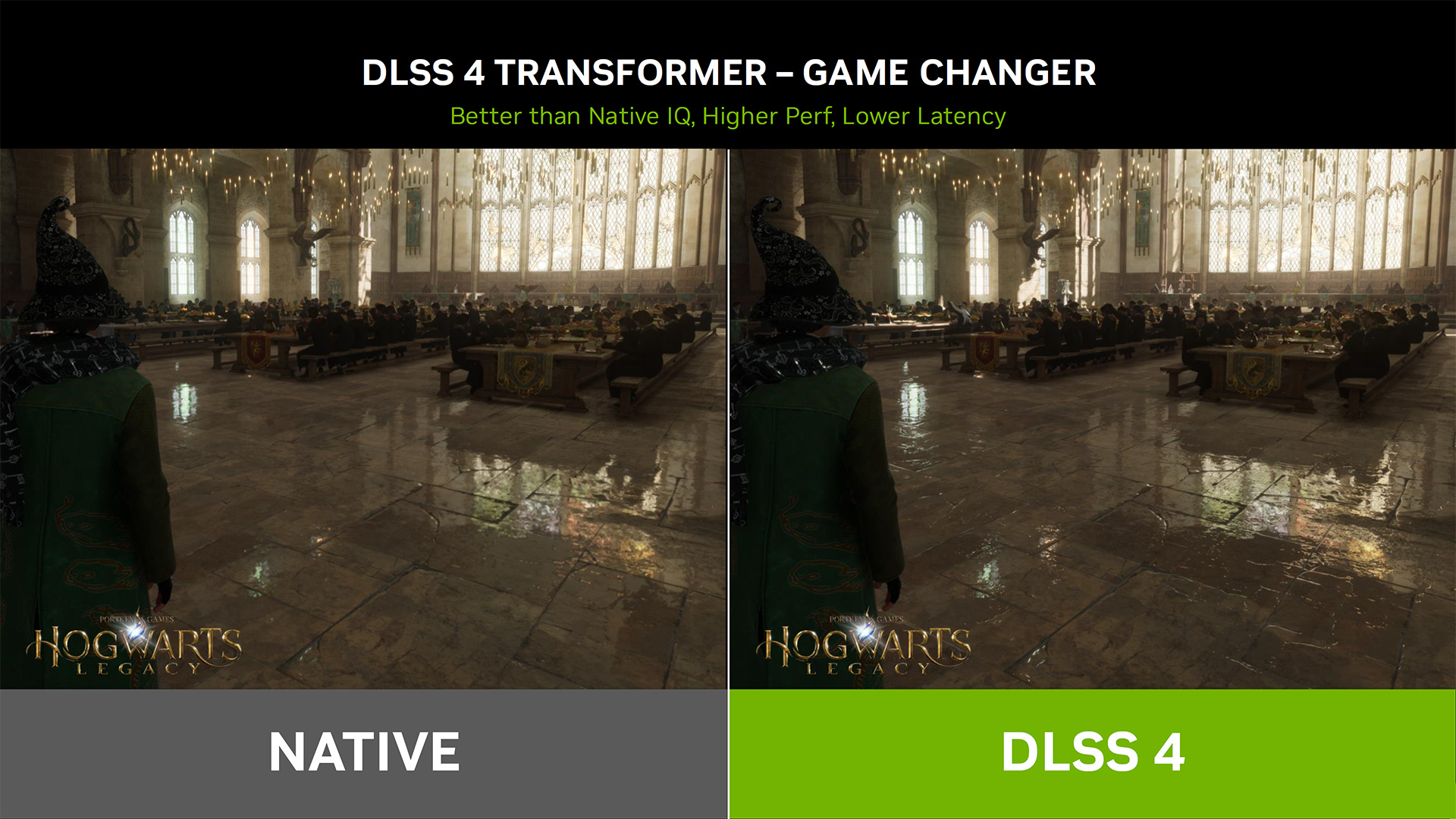
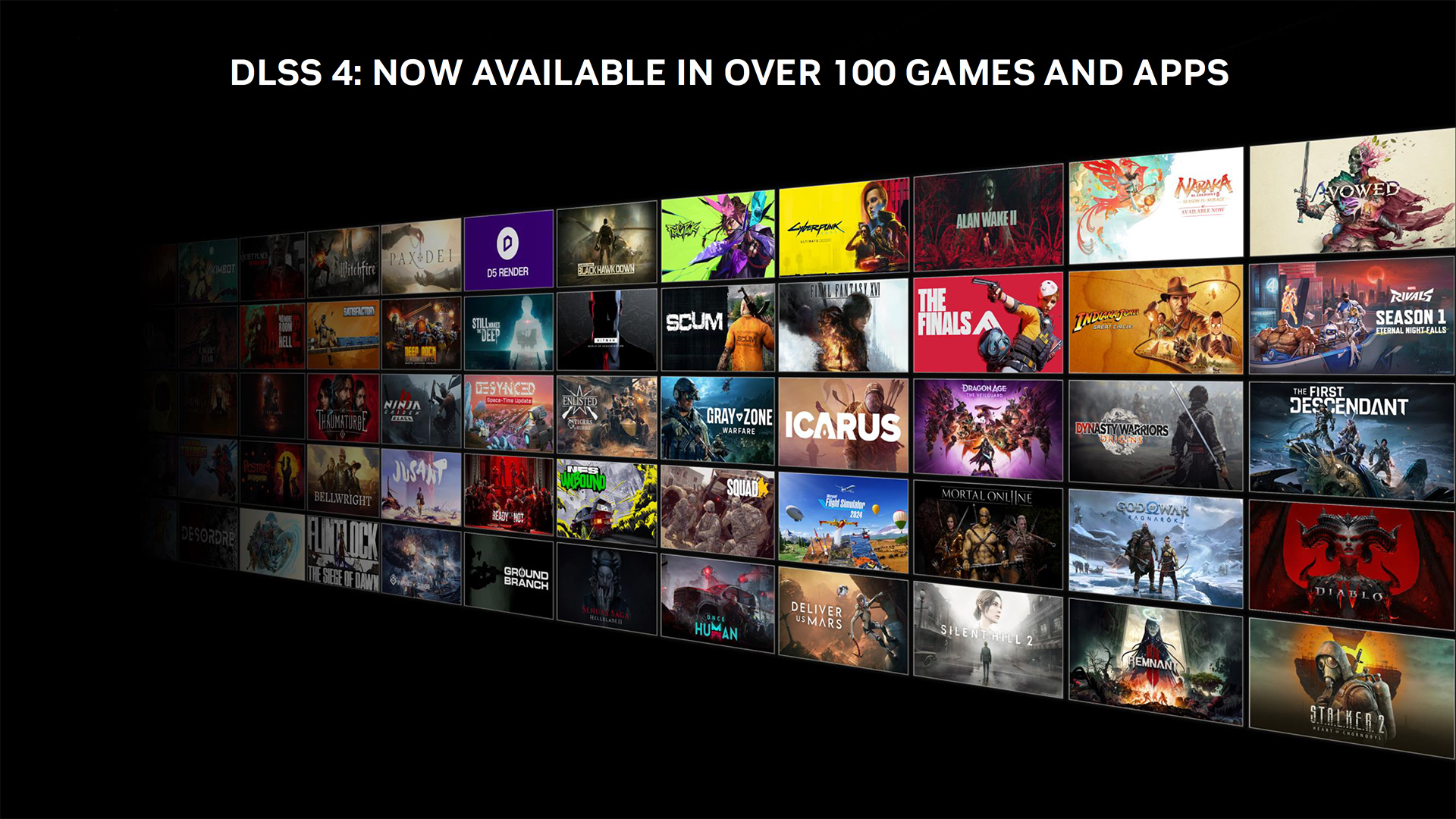
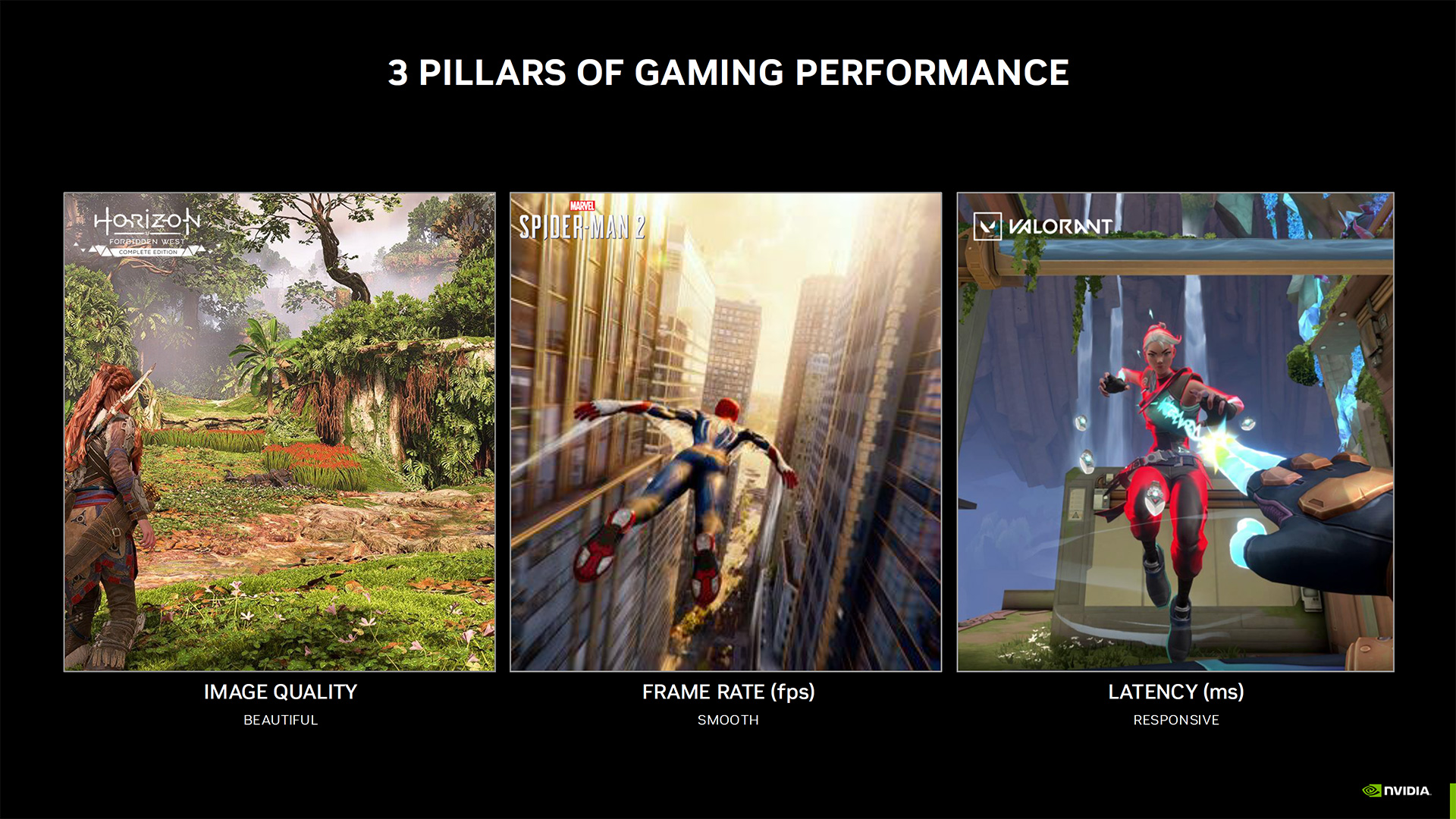
But let's talk about the rest of the specs. Besides providing 7.2% more raw compute (on paper), the RTX 5060 Ti also delivers 56% more memory bandwidth than the 4060 Ti. That's a critical upgrade, as the 128-bit interface paired with GDDR6 memory proved to be a limiting factor in quite a few games. With GDDR7 28 Gbps memory modules, the 5060 Ti gets 448 GB/s of bandwidth — not too far off the 504 GB/s offered by the wider memory interface of the prior gen RTX 4070.
There are also plenty of architectural enhancements with Blackwell, which can improve ray tracing performance, rasterization performance, and neural rendering performance. That last is the one Nvidia most likes to talk about, but sadly, it will also be the hardest item to sell in the near term as new games will need to explicitly support neural rendering features to benefit.
Neural texture compression and neural materials leveraging Microsoft's Cooperative Vectors API can potentially cut VRAM use on graphics cards to one-third, meaning an 8GB GPU could behave more like a 24GB traditional GPU. The catch is that games need to explicitly make use of Cooperative Vectors, and the number of announced games currently sits at... zero. So, new games should eventually benefit, but any existing titles that exceed 8GB of VRAM use would be out of luck (without a patch).
The other aspect of so-called Neural Rendering entails AI-powered upscaling and frame generation. While the benefits of upscaling are relatively straightforward — render fewer pixels and then use a high-quality AI upscaling algorithm to boost the overall performance — the benefits of frame generation and MFG (Multi Frame Generation) tend to be overstated if you only look at the raw numbers.
We've discussed DLSS 4 and MFG on the RTX 5090 and 5080, and the short takeaway is that it's not a bad feature to have, but the real-world benefits can and do vary. A game running at 120 FPS via MFG 4X actually renders the game and samples user input at 30 FPS. It looks a lot smoother than 30 FPS thanks to framegen, but user input can feel sluggish — rather like using a controller rather than a keyboard and mouse. The net result feels, in our opinion, less responsive and "good" than a native 60 FPS, but still clearly better than 30 FPS — probably 45~50 FPS in a fuzzy math sort of way.
Currently, Nvidia has over 100 games with DLSS 4 MFG support, though there's some fuzziness again in that DLSS Transformers upscaling counts as DLSS 4 but will also work on any RTX GPU. More critically, many of those games get DLSS 4 via Nvidia App overrides, which isn't as desirable as in-game support. It works, but it feels a bit more clunky — and AMD faces the same issue with FSR 4 support via FSR 3.1 overrides.

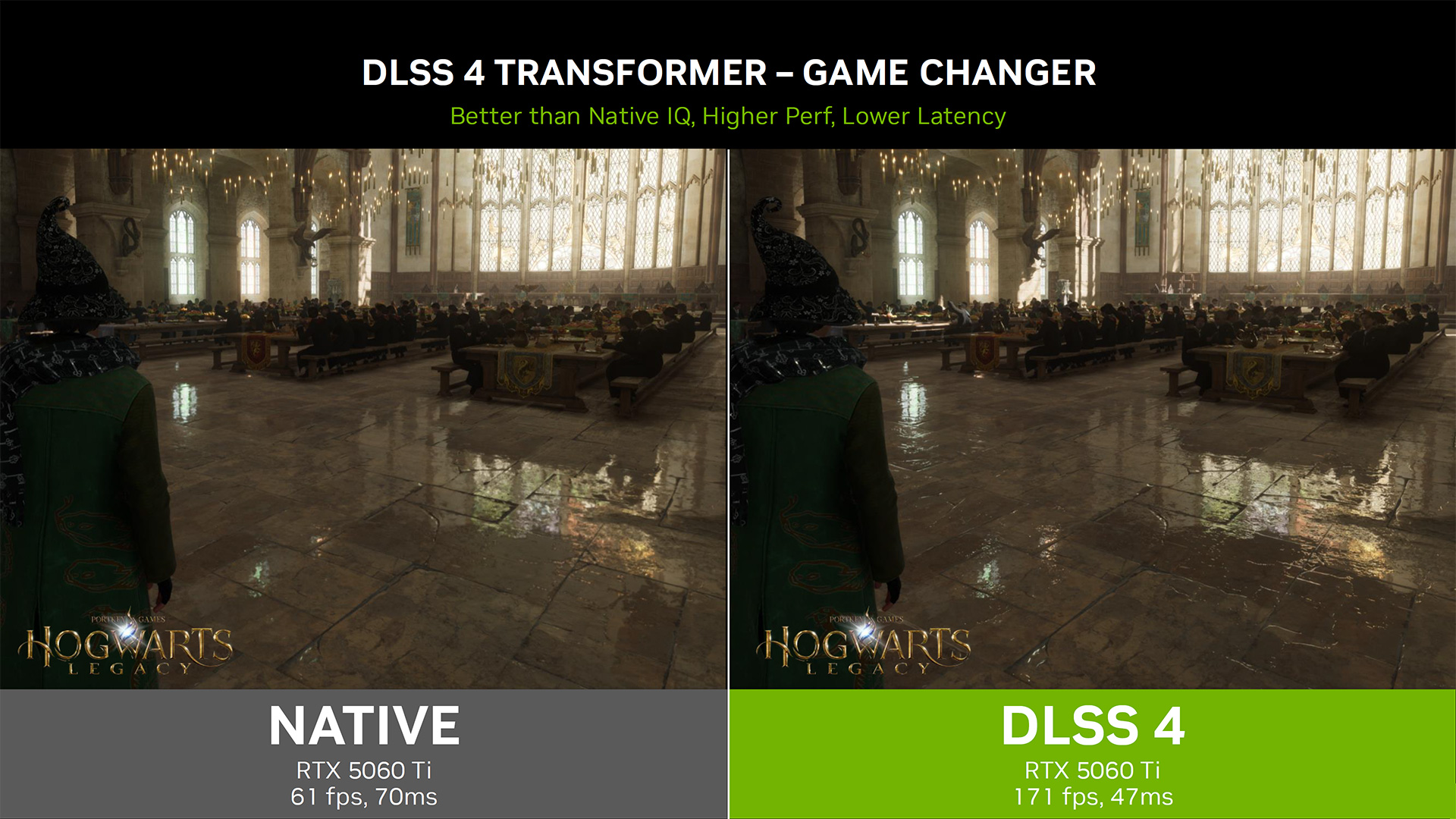
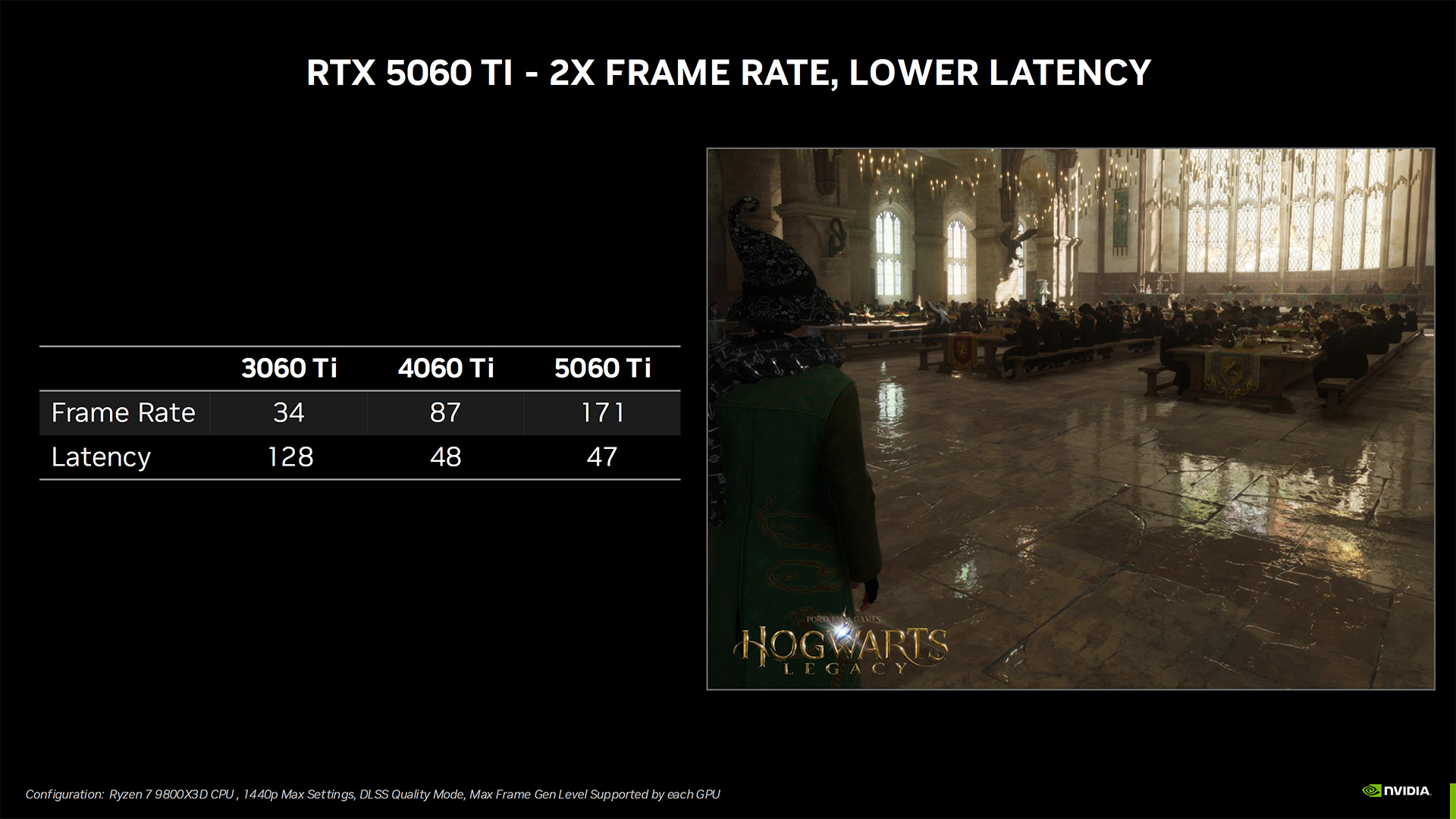
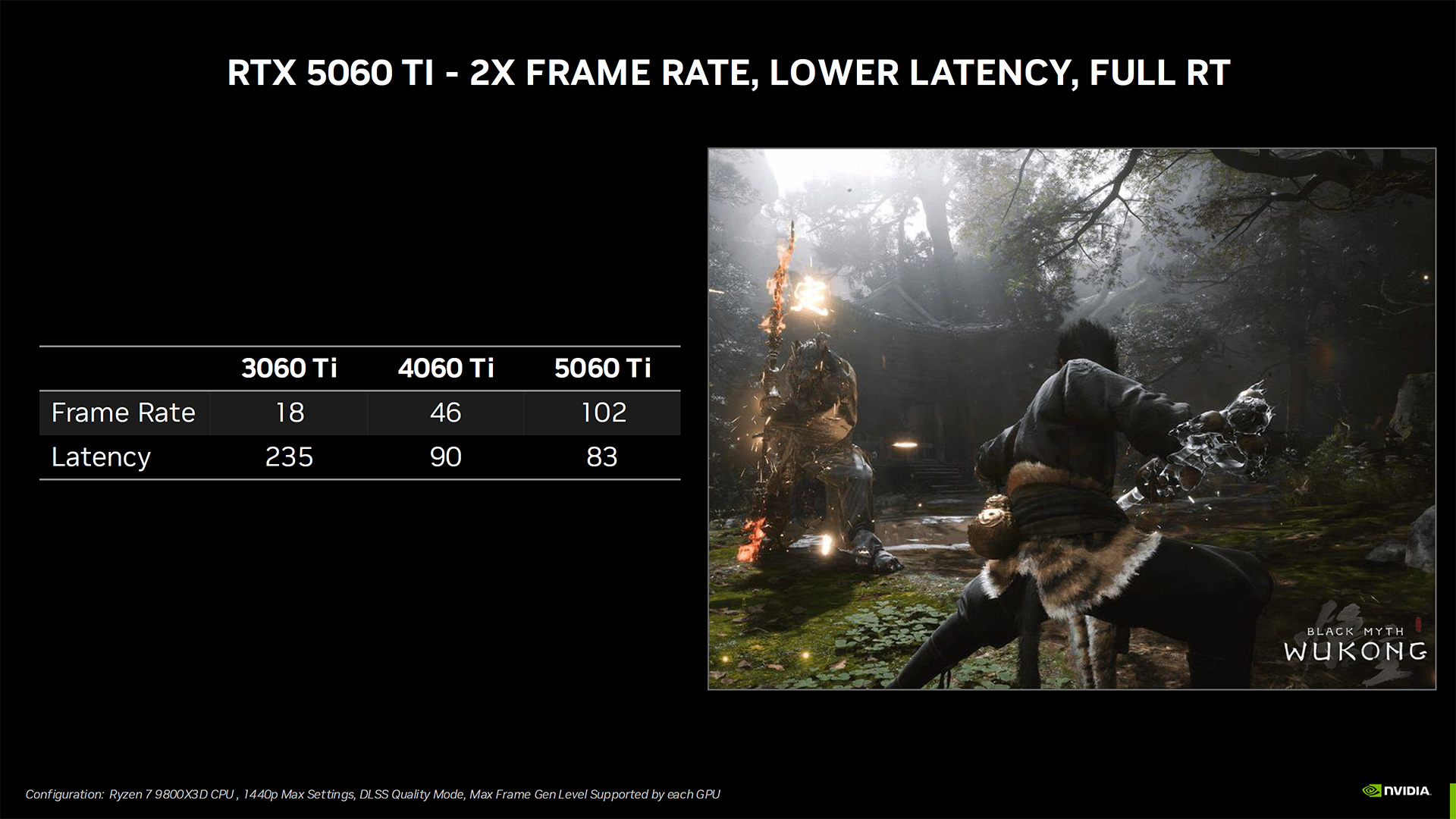

With all the above caveats in mind, let's look at Nvidia's internal performance data. It compared the RTX 5060 Ti 16GB with the RTX 4060 Ti 16GB — yes, the high memory configurations of both — along with the older RTX 3060 Ti, an 8GB card. It provides performance for eight different games, six of which support MFG 4X and DLSS 4. That wildly skews the apparent performance potential, and as noted, you can't take MFG 4X data (or framegen data) at face value. There's also one game (Plague Tale Requiem) with DLSS 3 framegen support and one final game with no frame generation that serves more as a baseline view of performance.
Depending on how you feel about frame generation, that last game, Delta Force, makes the generational performance improvements look pretty mediocre. There's almost no uplift from the 3060 Ti to the 4060 Ti, and only about a 17% uplift going from the 4060 Ti to the 5060 Ti. But, considering what we said earlier about specifications, raw compute, and memory bandwidth, that seems about right.
The rest of the games show much, much larger deltas in performance, but Nvidia also uses native rendering without Reflex — which isn't technically part of DLSS but is required by DLSS 3/4 frame generation — to again inflate the performance differences. Many games can hit VRAM limitations on the 8GB 3060 Ti, but without non-framegen numbers for all three GPUs, it's hard to come to any firm conclusions.
Is the RTX 5060 Ti 16GB faster than an RTX 4060 Ti 16GB? Undoubtedly, and it should be significantly faster than an RTX 3060 Ti. It has two generations of architecture upgrades, twice as much VRAM, and at worst, it matches the 3060 Ti on memory bandwidth — with L2 cache making the effective bandwidth much higher. But if you look at the above chart and think, "Wow, the RTX 5060 Ti is over four times as fast as an RTX 3060 Ti...." Well, if you believe that, then you might also believe the RTX 5070 is as fast as an RTX 5090.
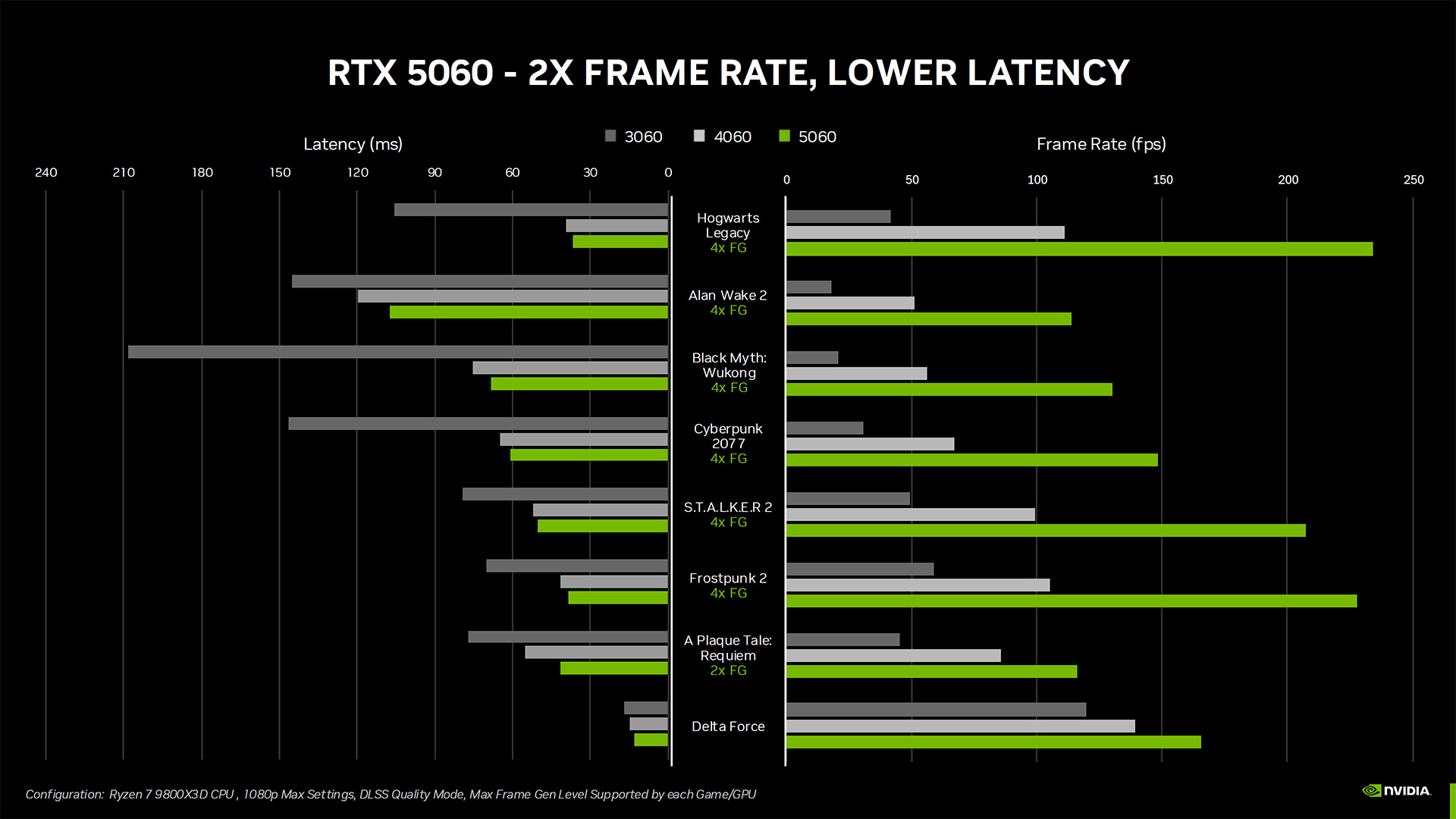
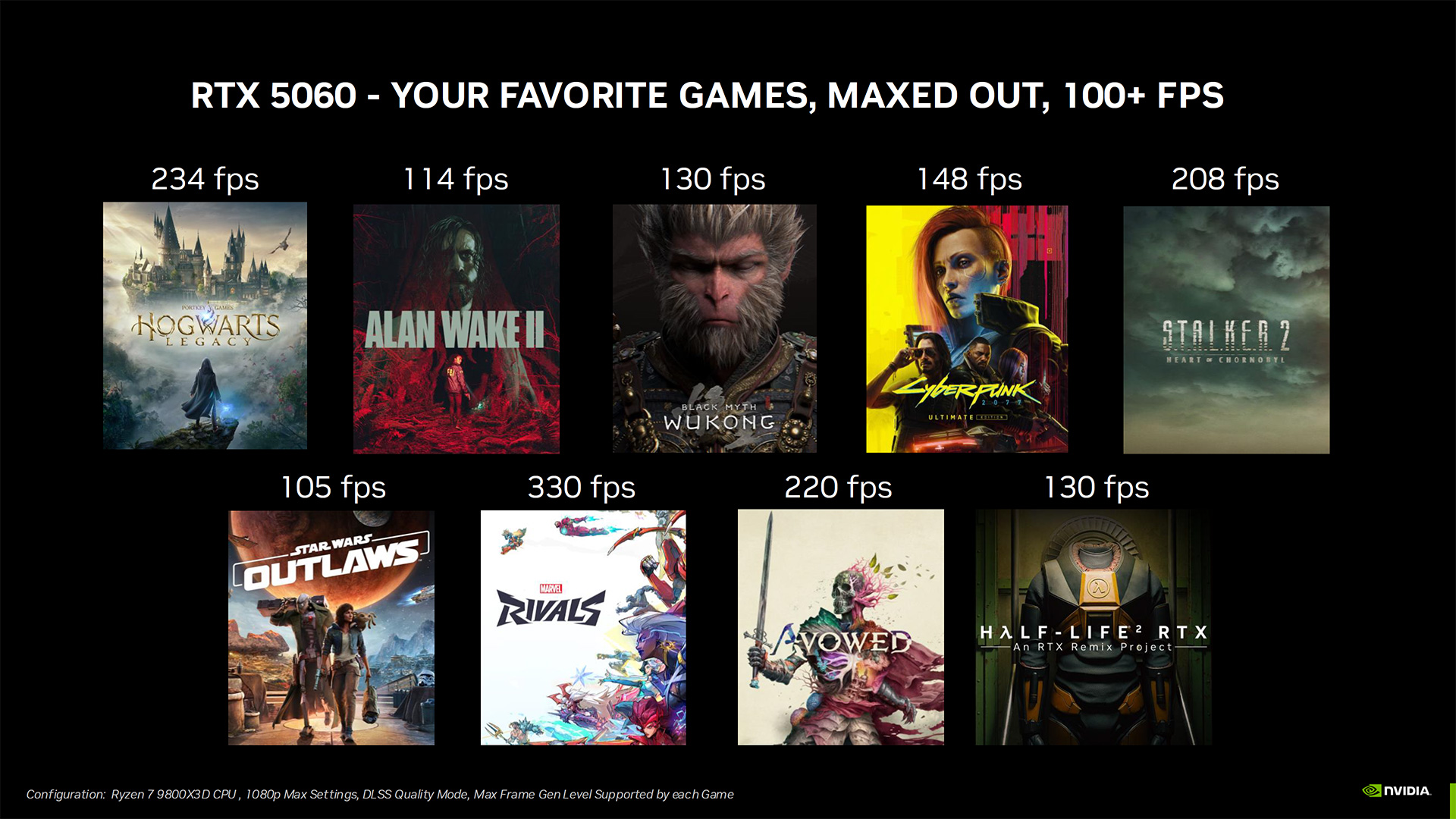
Similar comparisons were provided between the RTX 5060, RTX 4060, and RTX 3060 12GB — at least, we're pretty sure Nvidia used the 3060 12GB, but there's an RTX 3060 8GB model that came out late in the Ampere 30-series life cycle. Anyway, without frame generation and MFG, the generational improvements appear pretty tame. With only framegen (Plague Tale Requiem), there are more substantial FPS gains, and with MFG 4X, the future RTX 5060 can push substantially higher performance.
Note also that these tests use 1080p with max settings, where the 5060 Ti opted for 1440p testing. That probably makes sense for 8GB cards like the 4060/5060, and for a $299 GPU it's also a reasonable target. However, DLSS upscaling doesn't look as good when upscaling 1280x720 to 1920x1080, as it tends to do better when it has a higher input resolution.
More critically, look at the second slide. Five of the games Nvidia shows, using quality mode upscaling plus MFG 4X, don't break 160 FPS. That's sort of our own internal target for where framegen feels "pretty darn good" — when you have a base input sampling rate and framerate of 40 FPS or more. Star Wars Outlaws and Alan Wake 2 don't even reach 120 FPS, meaning the base rendering and sampling rate falls below 30 FPS. They're still playable, but compared to the same games running at even 60 FPS without framegen, the feel is very different.


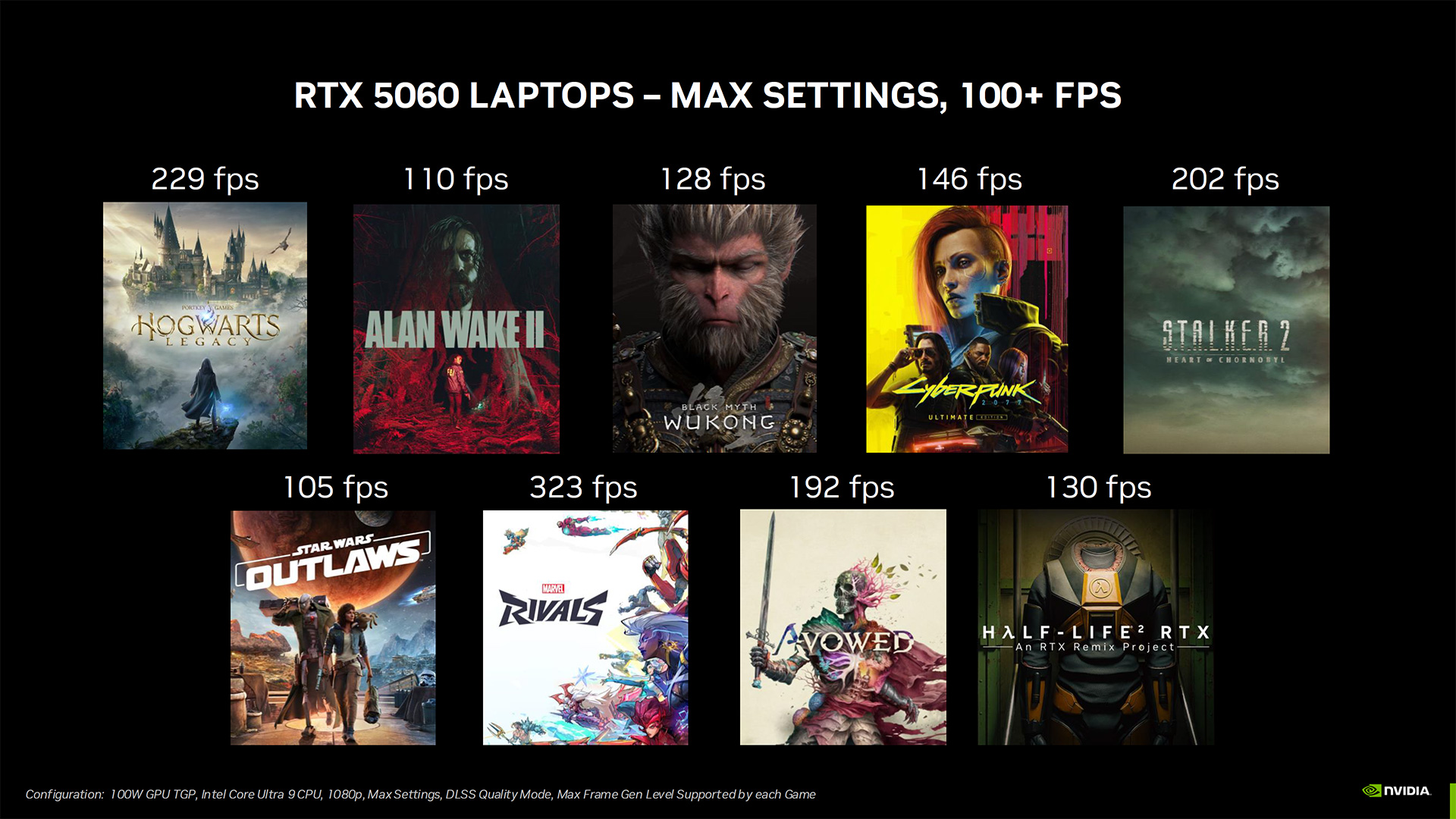
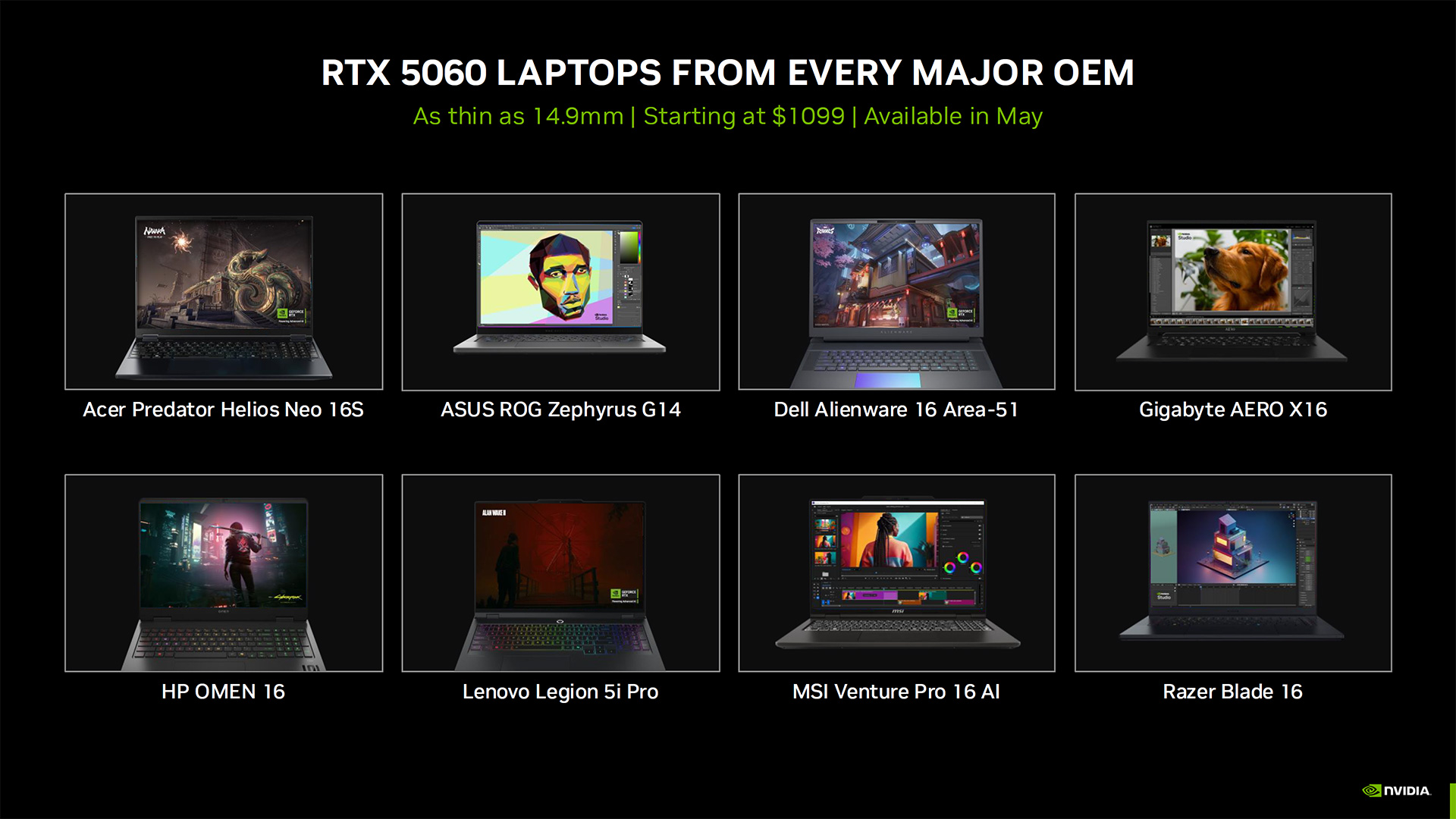
Nvidia will also have RTX 5060 laptops coming soon (ish?), which will be relatively close to their desktop 5060 counterpart in performance. If you compare the above performance slide for 5060 laptops to the desktop 5060, the only game that shows more than a 10% difference is Avowed, which is probably more CPU-limited. The other eight games show less than a 3% difference.
RTX 5060 laptops should be available next month, alongside the desktop RTX 5060, with a base price of $1,099. And unlike the desktop GPUs, we think there's a better chance you'll be able to find the laptops in stock. (Perhaps that's just wishful thinking....) But we're still not super keen on the 8GB VRAM configuration.
Nvidia could have fixed our concerns by using 3GB GDDR7 chips, which is exactly what it does on the RTX 5090 Laptop GPU and the RTX Pro 6000 Blackwell workstation and data center GPUs. Of course, both of those cost a lot more than a base model RTX 5060.
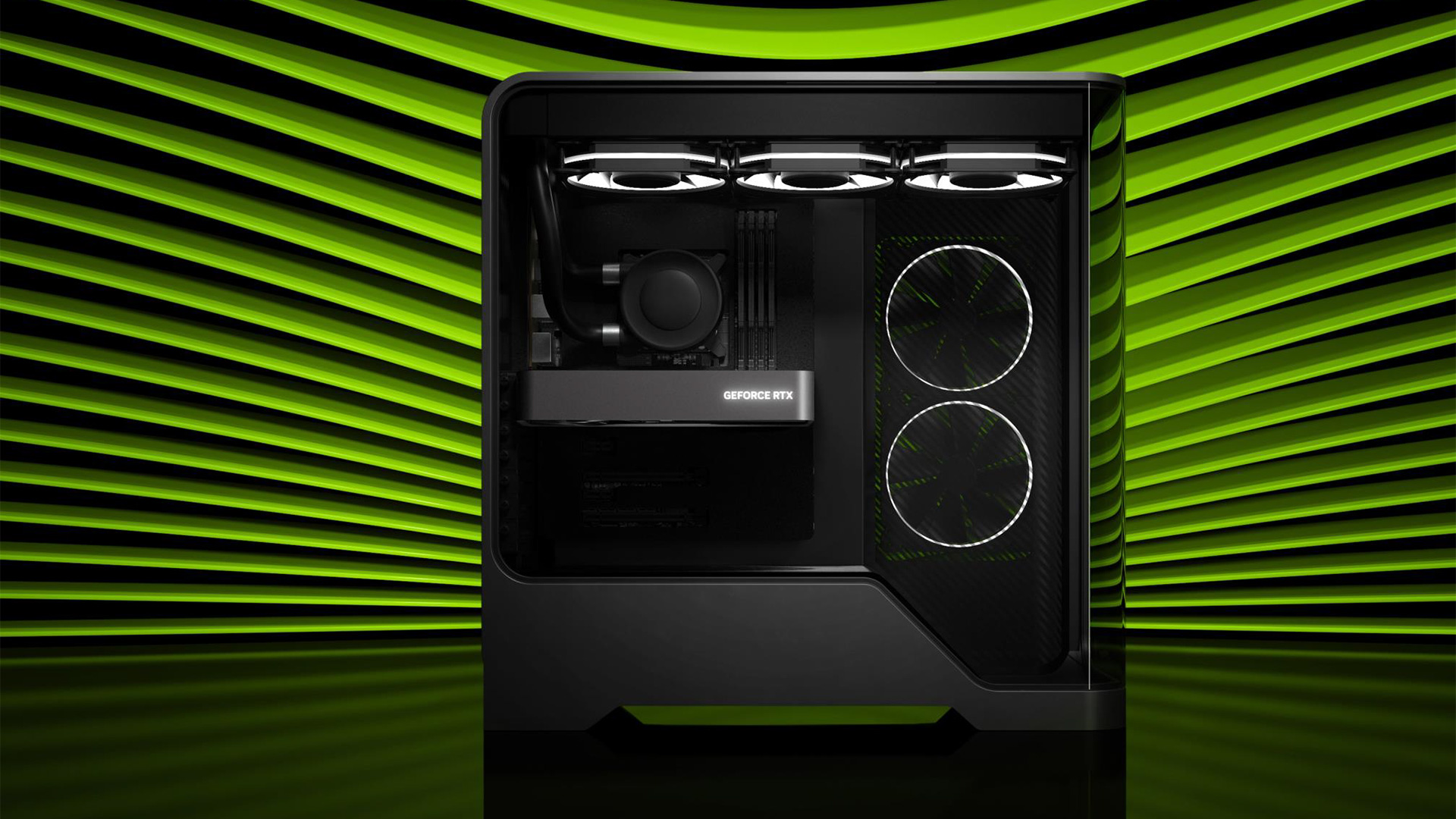
Nvidia won't be making any Founders Edition RTX 5060 Ti or RTX 5060 cards, leaving all three variants to its AIB (add-in board) partners. That also means Nvidia has no direct control over AIB graphics card pricing. We've seen how that played out with AMD's RX 9070 series GPUs, so we don't expect most AIBs to sell many base MSRP cards.
Still, we could see 5060 models in the $300~$330 range, which is much better than paying the same amount (or more!) for a previous generation RTX 4060. Likewise, the RTX 5060 Ti 16GB — and we can't emphasize enough how questionable the 8GB variant is — could see real-world prices of $430~$470, which would also be far better than spending $700 on an RTX 4060 Ti 16GB.
The RTX 5060 Ti officially launches tomorrow, so check back then for our full review. We'll also be looking at real-world availability and pricing. There's a good chance the 5060 Ti will still sell out quite quickly, but we'll have to wait and see. The full slide deck from Nvidia's RTX 5060 series presentation can be found below for your reference.
Get Tom's Hardware's best news and in-depth reviews, straight to your inbox.
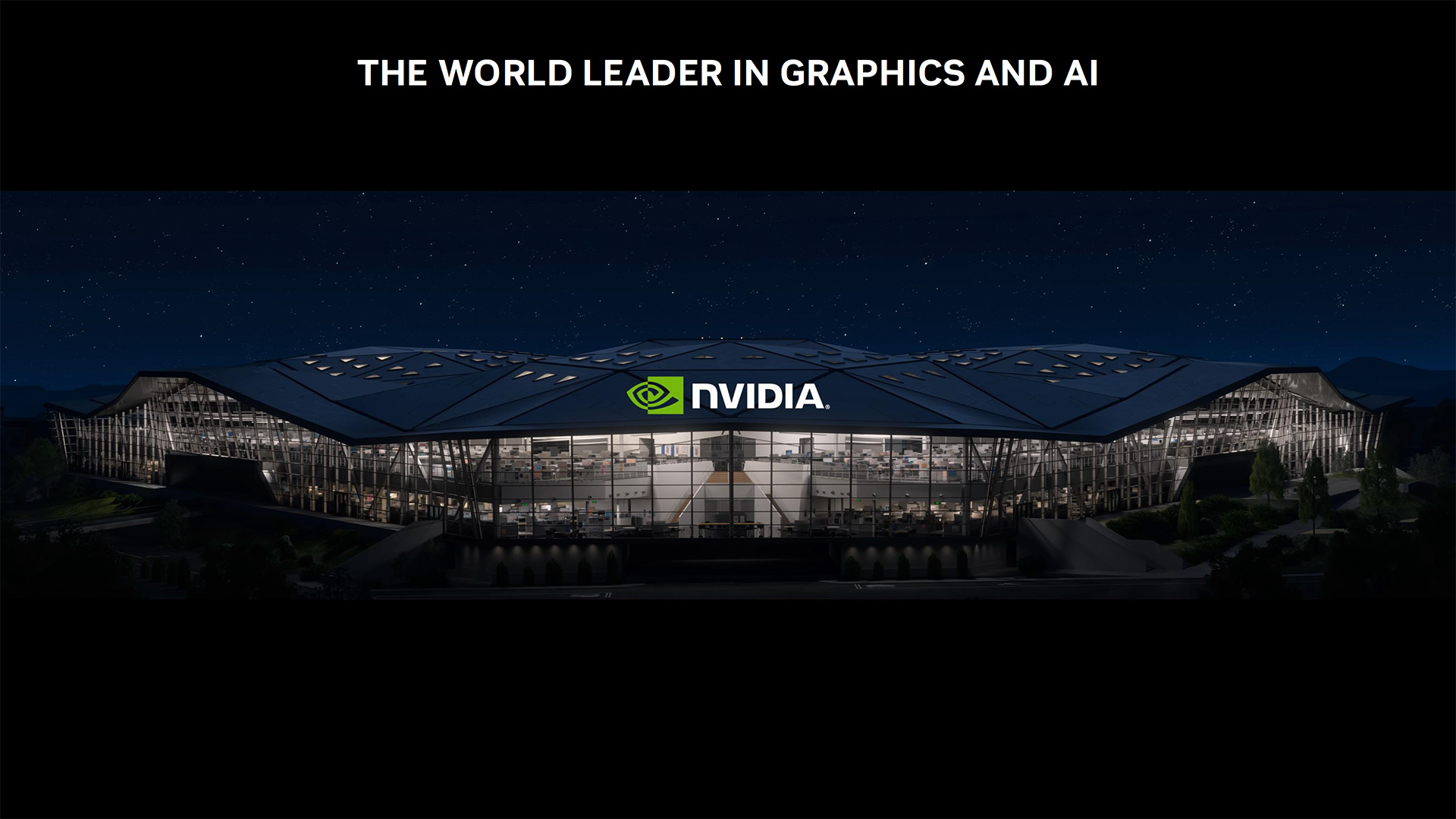

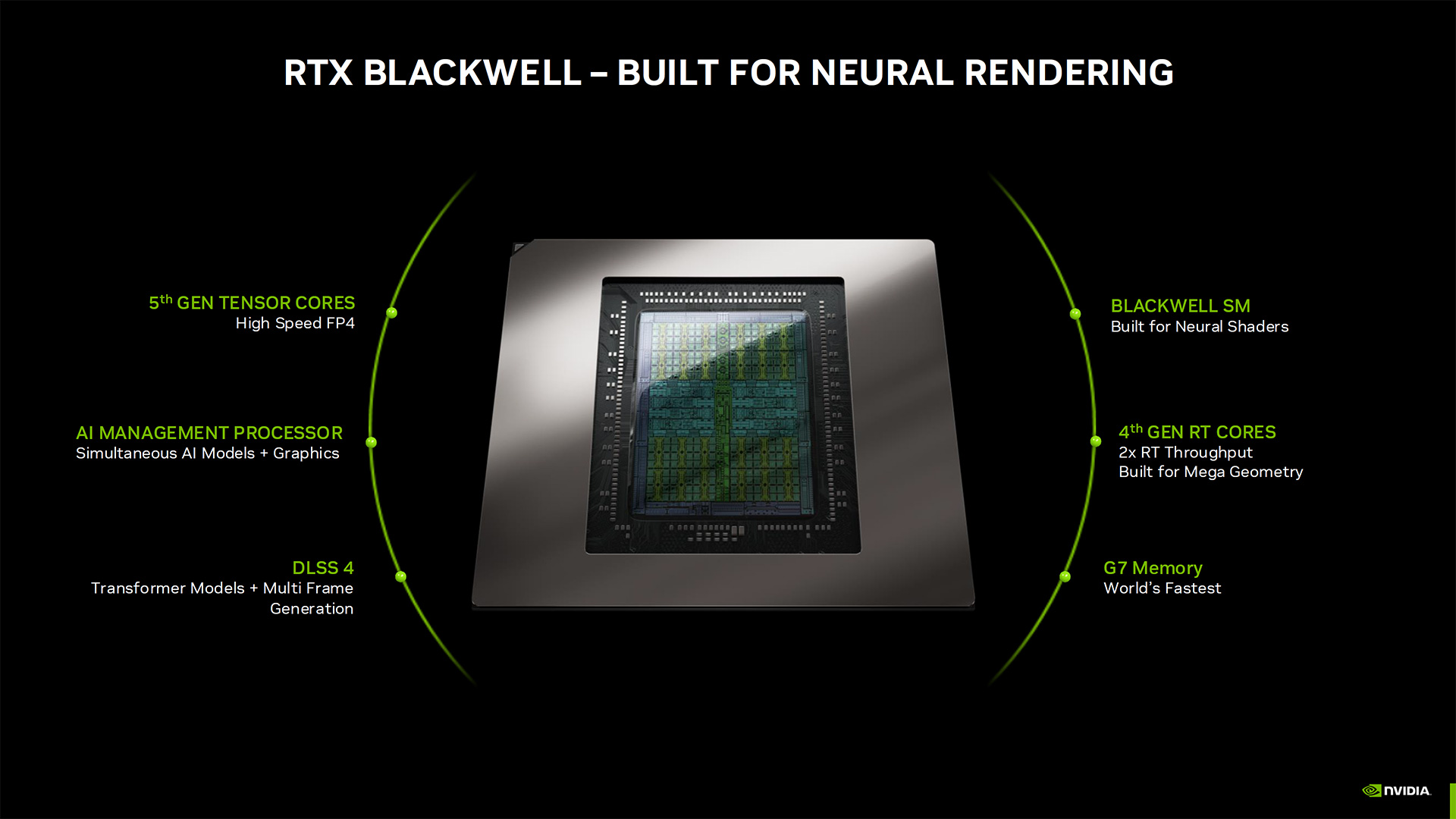



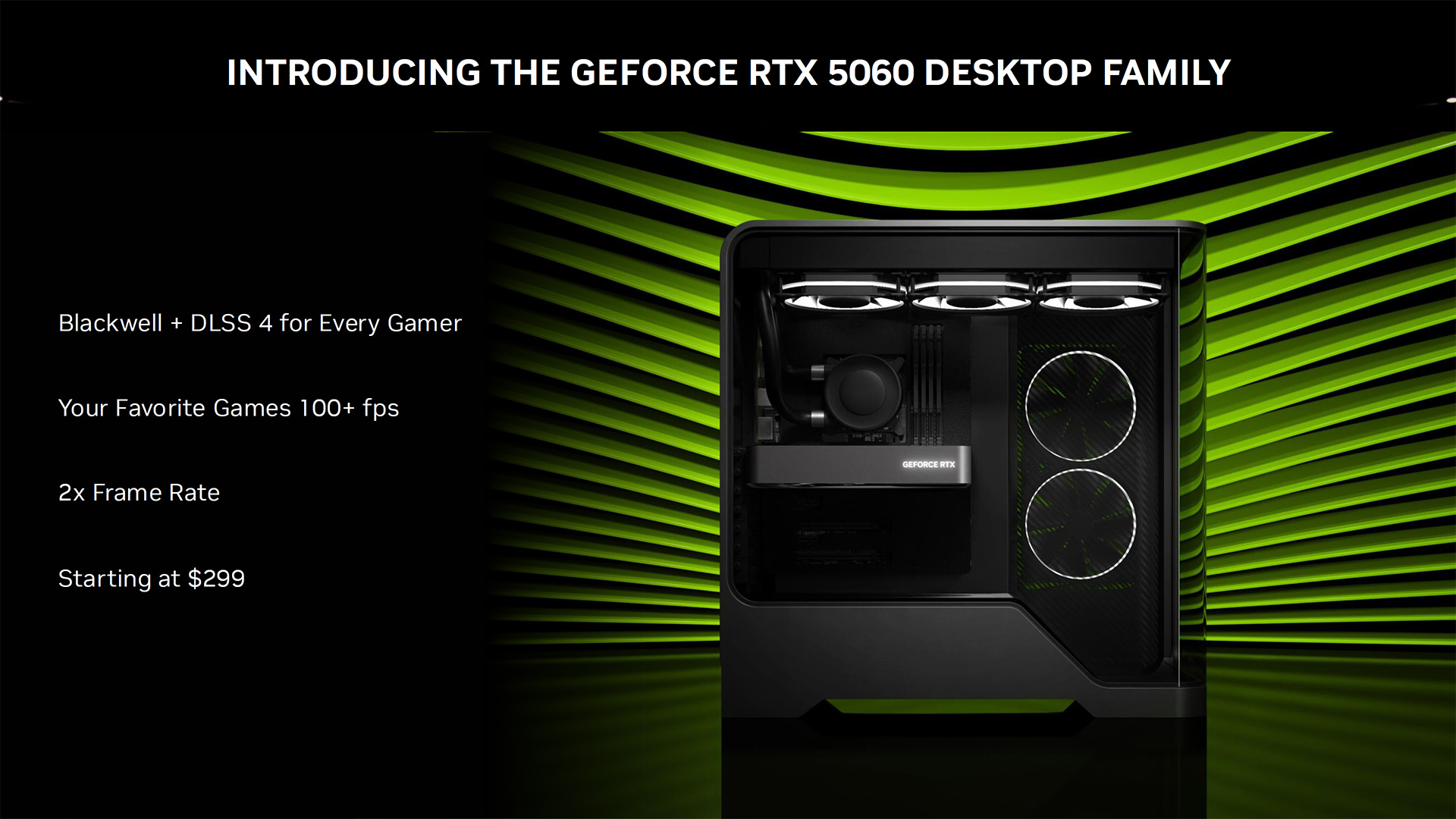
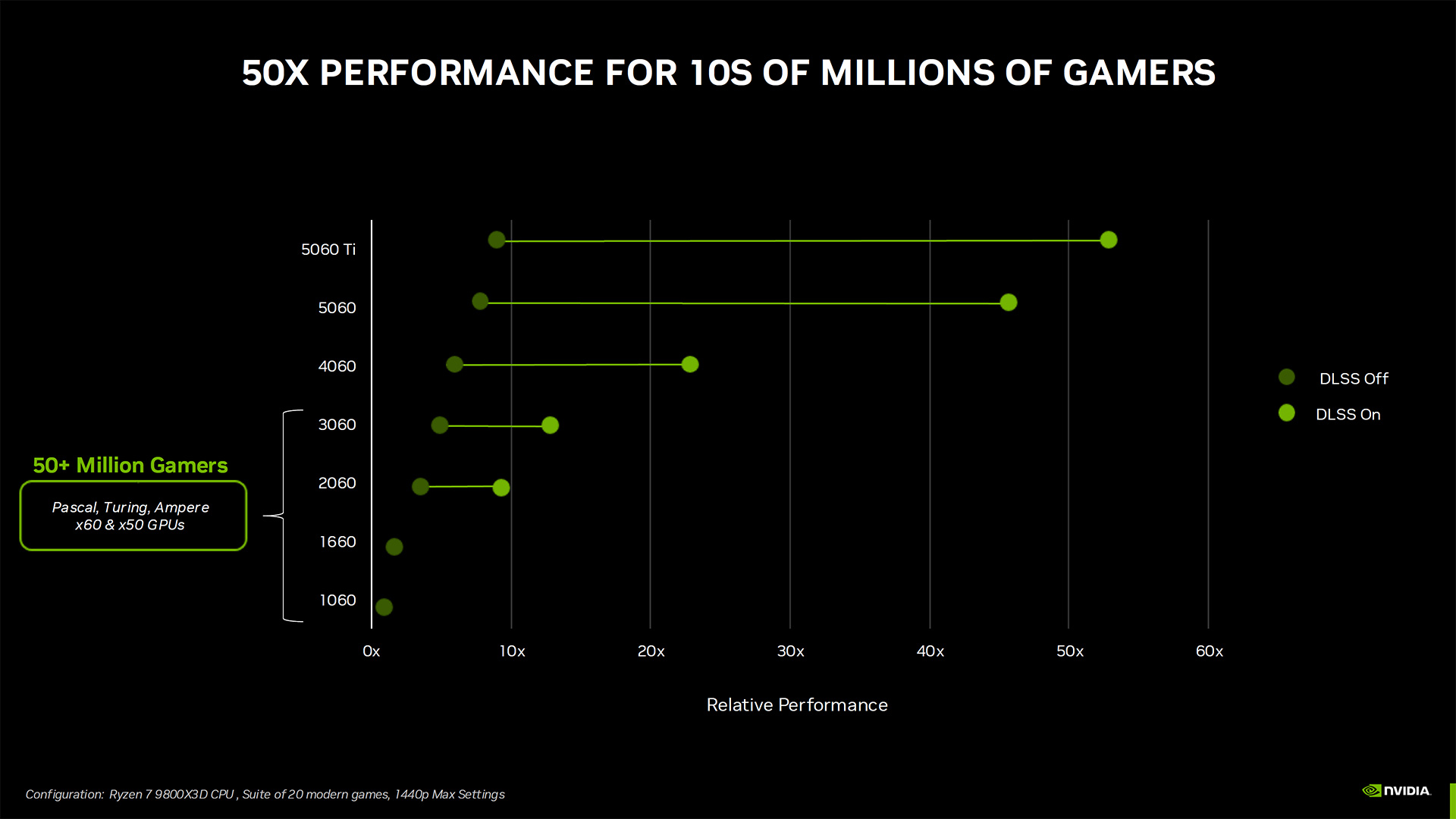








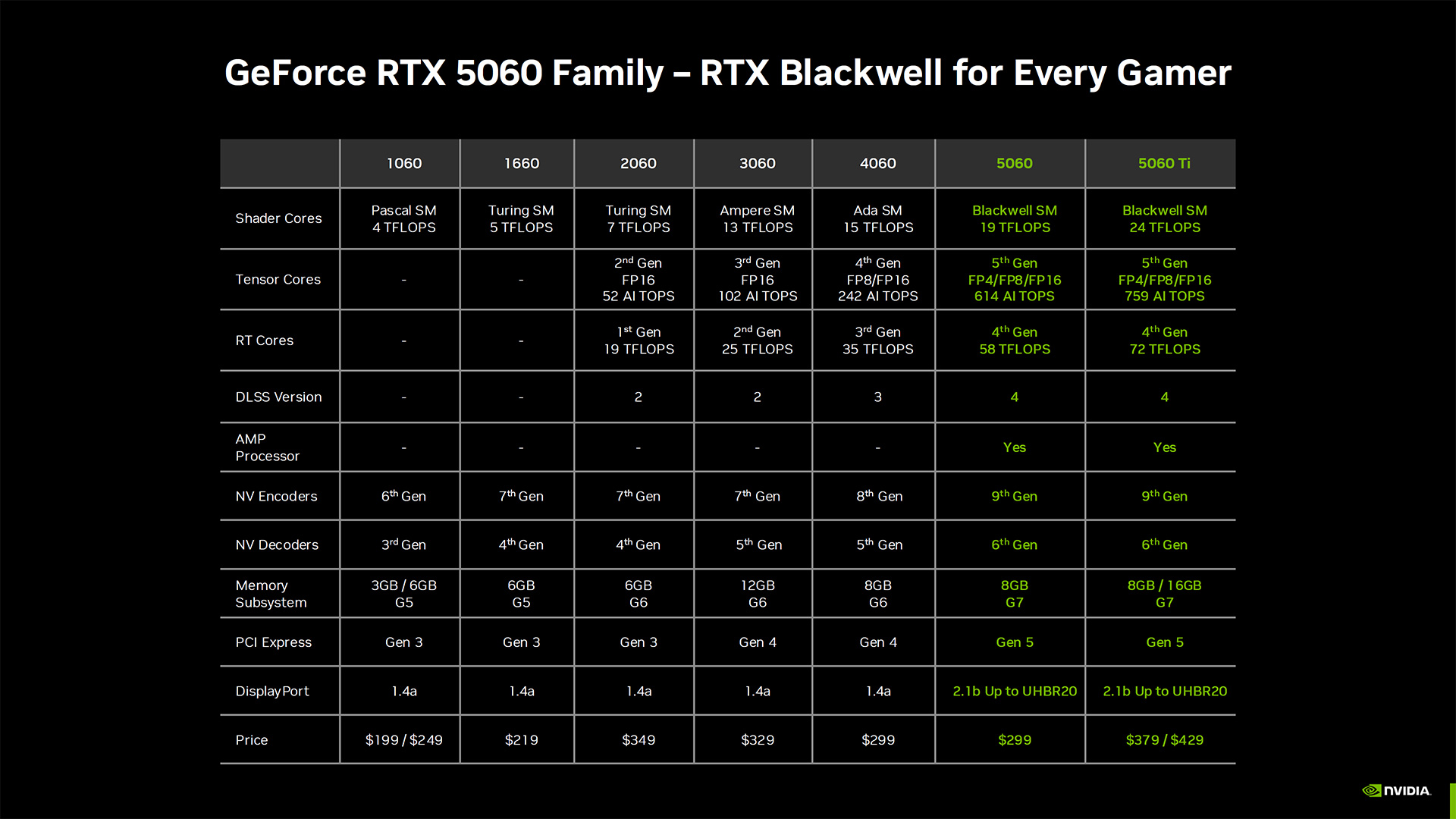
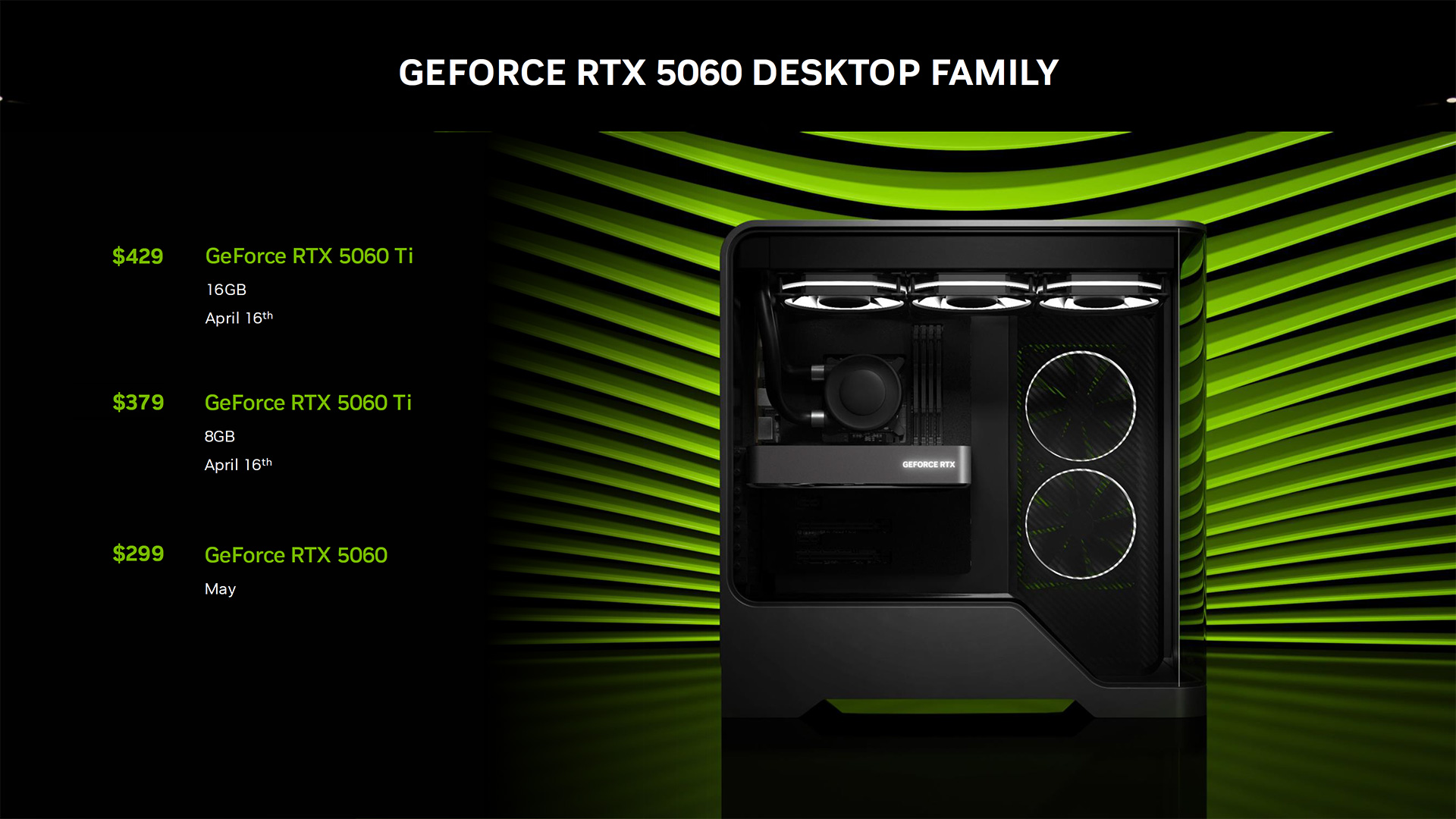




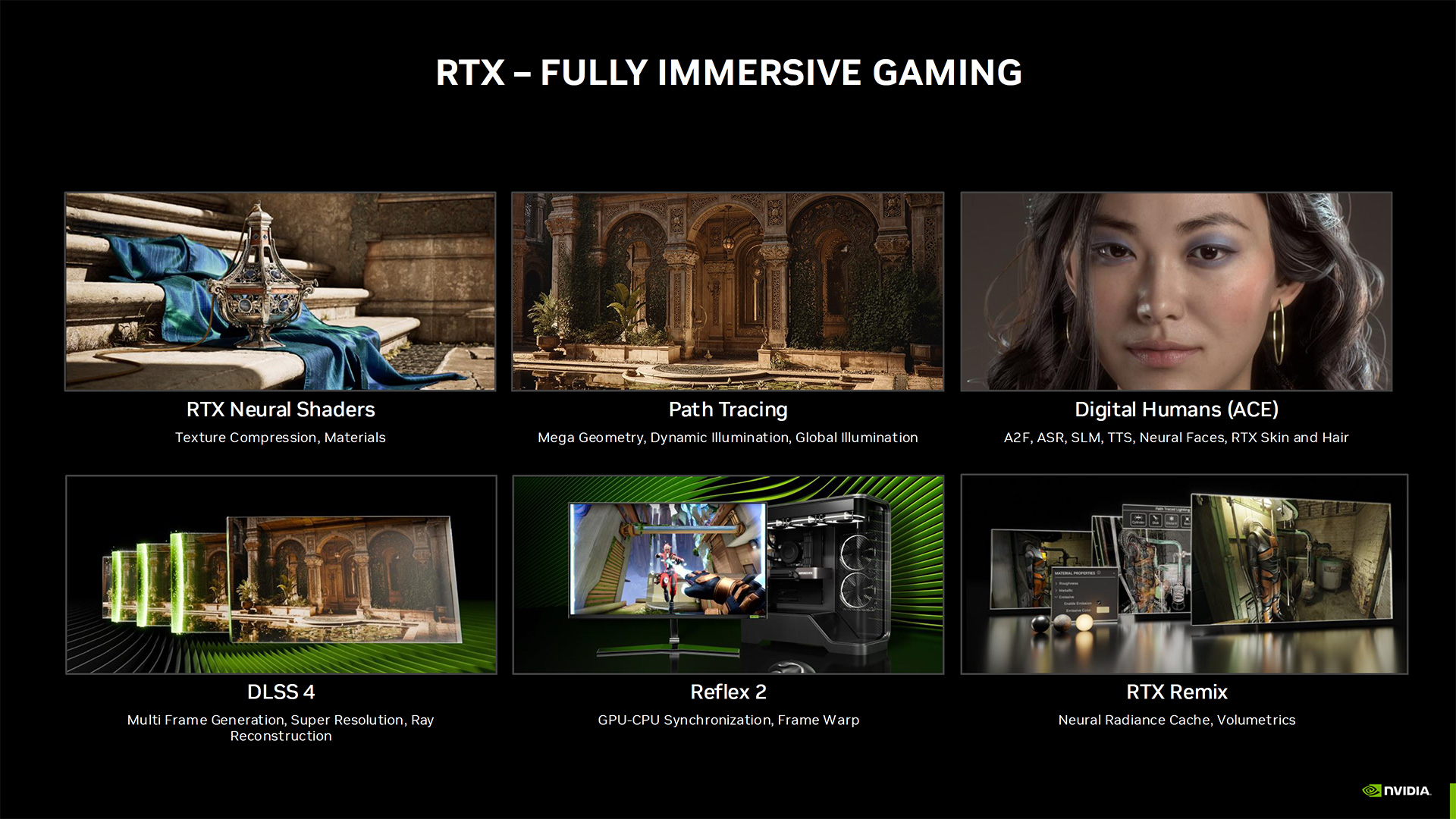

Jarred Walton is a senior editor at Tom's Hardware focusing on everything GPU. He has been working as a tech journalist since 2004, writing for AnandTech, Maximum PC, and PC Gamer. From the first S3 Virge '3D decelerators' to today's GPUs, Jarred keeps up with all the latest graphics trends and is the one to ask about game performance.
-
usertests These are fake MSRPs, but at least 16 GB is moving in the right direction.Reply
Both of the 8 GB cards desperately need a 12 GB refresh. 5050 can keep 8 GB (GDDR6 too). -
Alvar "Miles" Udell MSRP means nothing outside of the base reference edition, which has a run of about 100 units worldwide and is quickly replaced by higher margin OEM custom editions.Reply
It would be nice if Nvidia and AMD both mandated OEMs released a continual supply of reference editions at MSRPs, even if it does mean a return to horrible coolers and potentially faulty designs (HD 5970 anyone?). -
Notton The pricing is better than expected but mediocre.Reply
8GB isn't enough when you need to run FG on these lower end cards. -
TheyStoppedit I'm surprised at the low pricing. Maybe it's because the TDP is low so it doesn't support multi-flame generation. Always remember kids, the 2060 (there's a 12GB version) has the same amount of VRAM as the 5070. Why? Because we're NVidia: the way you're meant to be playedReply -
Loadedaxe Reply
After Computex most likely, May 19th-24thoofdragon said:When is AMD going to announce 9060XT? -
DS426 Sad times when the next generation of gaming GPUs is on the same process node (at least the same "class") as the previous one. Not saying it hasn't happened before, but it's still less than favorable.Reply
I hope Samsung does do well with their upcoming 2nm node to bring some needed competition and supply back to the market.
Kind of a yawner here. 9060 XT announcement will be slightly refreshing, but I'm pretty much already at the stage of waiting to see what the next gen looks like in two years. -
Jabberwocky79 It's ridiculous that they are slapping the 'Ti' moniker on both a 16GB and 8GB version. That just smacks of trying to fool naive customers.Reply